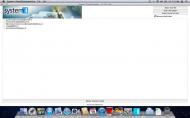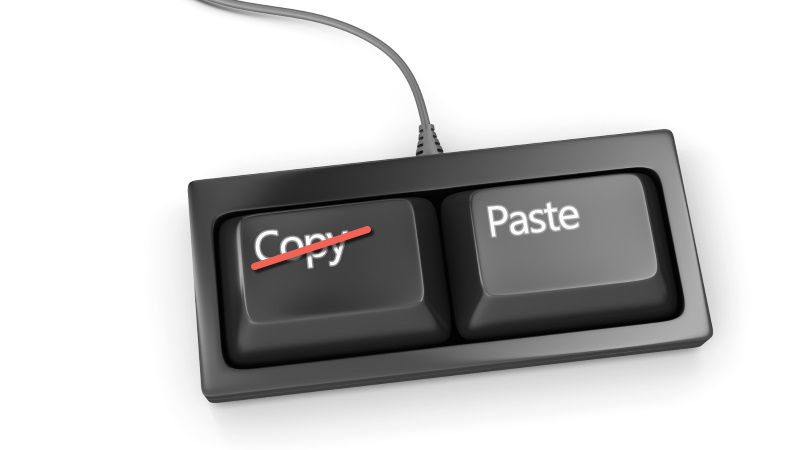

# echo "DEVICE /dev/hdb1 /dev/hdd1" > /etc/nf Save volume group configuration to /etc/nf: (and then watch /proc/mdstat to monitor the progress of synchronization) Now use fdisk to delete /dev/hdd1 and create new /dev/hdd1 and /dev/hdd2, with the same capacity as hdb1 and hdb2 respectively. # mount /dev/VolGroup01/LogVol01 /expendableĬopy important stuff off of old RAID group to new /vault:Ĭopy less important stuff to new /expendable:Īt this point, everything lives on /dev/hdb. # mkfs.ext3 -T news /dev/VolGroup01/LogVol01 # lvcreate -l 16408 VolGroup01 -n LogVol01 # mdadm -create /dev/hdb1 -level=1 -raid-devices=1 -force /dev/hdb1Ĭreate a volume group (currently with only one physical volume) on the other partition:

Using fdisk, delete /dev/hdb1 and create two new partitions:Ĭreate a new RAID group with only /dev/hdb1 as a member:
#Copyless software software
I learned a bit about Linux software RAID tools and the logical volume manager ( LVM) in the process. I was able to accomplish this without using any external backup device - just the 2 disks. So, the project was to break up these disks into important (/vault) and less-important (/expendable) sections. They had a single 111 GB partition each, and the partitions were both part of a single (111 GB) RAID group.Īfter I used this configuration for a while, I realized that not everything I had on these disks needed to be RAID-protected - there are some things that I can live without in the case of a disk failure. Background: I installed two 120 marketing "gigabyte" (120 000 000 000 bytes, more or less - really 111 GB) hard drives that I didn't configure real intelligently when I first set them up.


 0 kommentar(er)
0 kommentar(er)
